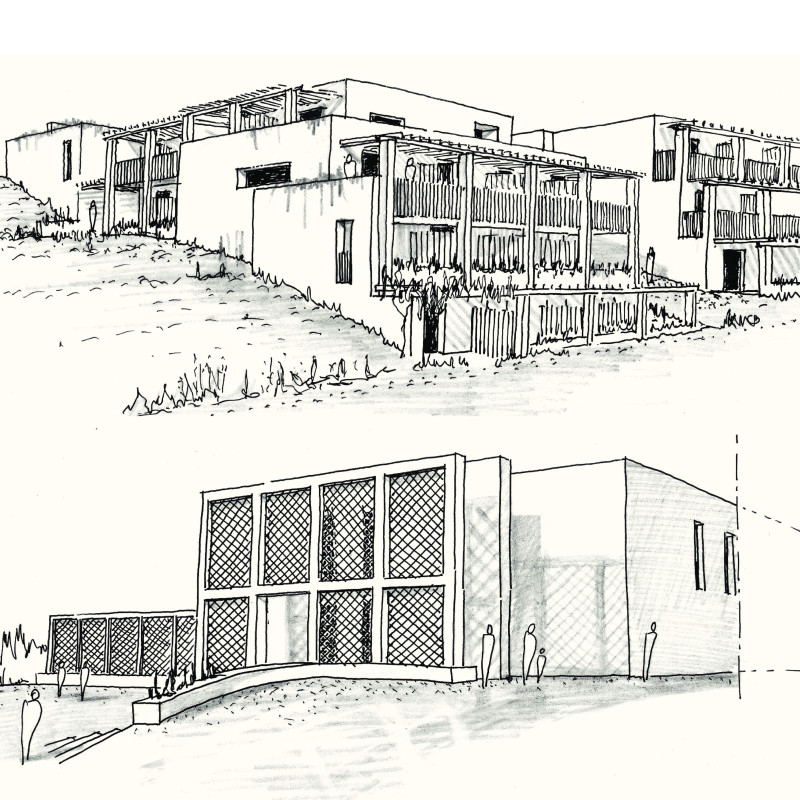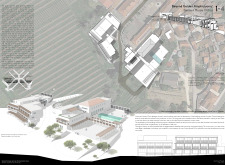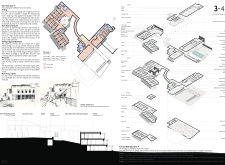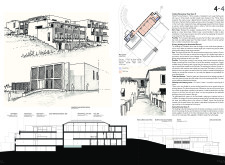5 key facts about this project
From the outset, the project embodies a vision that prioritizes user experience alongside environmental stewardship, resulting in a well-rounded facility that caters to both social interaction and individual reflection. Its primary function as a community and recreational hub is supported by a diverse set of spaces designed for multi-purpose use. Communal areas, event spaces, a restaurant, and recreation facilities elucidate the intention behind the design, promoting engagement and collaboration among visitors.
The design integrates a variety of zones that cater to different activities. General outdoor areas are crafted with natural pathways leading to scenic viewpoints, while courtyards and patios provide spaces for relaxation and social gathering. The inclusion of an infinity pool enhances the sense of tranquility, allowing individuals to connect with the idyllic surroundings. The solarium, strategically located to capture light throughout the day, further emphasizes the relationship between the built environment and nature.
Important elements of the project include specially designed event spaces that are multifunctional, enabling various types of gatherings, from community events to private celebrations. The architectural layout encourages flexibility, accommodating both large crowds and intimate gatherings while ensuring that each space is enriched with natural light and sightlines to the vineyard. A designated children’s area highlights the inclusive nature of the project, showcasing a commitment to family-oriented design.
A significant aspect of the architectural approach is the careful selection of materials that reflect the local context. The use of local stone for the building's facade promotes sustainability and connects the structure to its geographical setting. Timber details add warmth and authenticity, enhancing visitors' sensory experience. Expansive glass elements create transparency, allowing for a seamless transition between indoor and outdoor spaces while ensuring views of the surrounding landscape are ever-present.
The project also incorporates unique design strategies that elevate its architectural integrity. The harmonization of horizontal and vertical planes mirrors the undulating landscape, while a focus on natural ventilation and light filtration contributes to the comfort of occupants. Each design decision is made with an understanding of both functionality and aesthetics, ensuring that every element serves a purpose while enriching the user experience.
Architectural ideas manifest throughout the various elements of the Quinta de Monte D’Oiro project, showcasing innovative approaches that maintain respect for the environment and the cultural heritage of the region. These design elements collectively create an environment that fosters connection—between individuals, between the structure and the landscape, and between the past and the future.
For those interested in a deeper understanding of this thoughtful architectural endeavor, I invite you to explore the project presentation, which includes detailed architectural plans, sections, and design insights. This analysis serves as a springboard into the multifaceted layers of the project that have been meticulously crafted to create a harmonious space within the beautiful context of its vineyard surroundings.


























